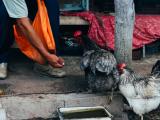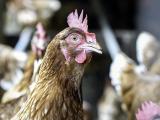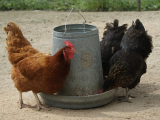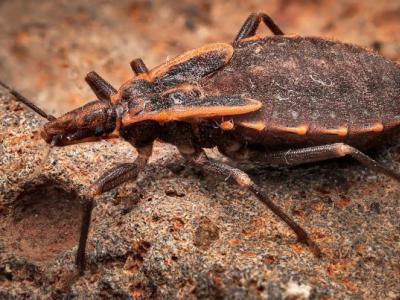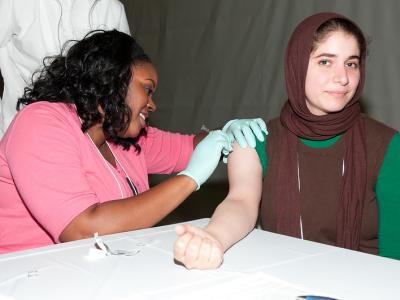Feb 6, 2009 (CIDRAP News) – China's agriculture ministry said yesterday that it hasn't detected any poultry outbreaks in the provinces where recent human cases were reported, an apparent response to speculation that the country isn't reporting outbreaks and to suspicion about possible gaps in the surveillance system.
In a statement to China Daily, a newspaper based in Beijing, the ministry said its assessment of the outbreak status of seven provinces linked to human cases was based on an assessment of the overall epidemiologic situation and investigations it conducted in January.
China has reported seven human cases this year, four of them fatal. The cases hail from a range of locations across China, including two from Hunan province; one each from Shangdong, Shanxi, Guizhou, and Guangxi provinces; and one from Xinjiang Autonomous Region.
Investigations into the sources of these infections found that nearly all may have been exposed to sick or dead birds, such as at live bird markets, according to previous statements from the World Health Organization (WHO).
The country submitted its last H5N1 outbreak report to the World Organization for Animal Health (OIE) on Dec 19, 2008, which described outbreaks at two large farms in Jiangsu province, in eastern China. However, the virus is considered endemic across large parts of China.
The agriculture ministry's statement to the China Daily said the country had kept international organizations, including the OIE and the United Nations Food and Agriculture Organization (FAO) aware of current avian influenza developments.
Some health officials, including York Chow, Hong Kong's secretary for food and health, have raised questions about a possible change in the virus or if asymptomatic H5N1-infected chickens might be contributing to the spread of the virus.
Hans Troedsson, the WHO's representative in China, told China Daily, "The fact that this is the highest number [of human infections] for a single month in China reminds us that the virus is entrenched and circulating in the environment."
China's agriculture ministry said that not all human cases have links to poultry outbreaks, and it said that, of 37 human cases reported in the country since 2005, only 4 were linked to poultry outbreaks, according to the China Daily report.
Vincent Martin, a senior technical adviser in FAO's Beijing office, said he met with Chinese authorities to discuss surveillance findings in seven provinces, Agence France-Presse (AFP) reported today. "The Ministry of Agriculture in China has been extremely proactive in investigating the situation in domestic poultry in provinces where these cases have occurred," he told AFP.
"So far, despite a large number of samples from poultry being collected and laboratory tested, no evidence of infection in poultry has been found to explain these human cases," Martin said.
Avian influenza experts have said that the size and make-up of China's poultry population creates a difficult surveillance task. They said that low levels of outbreak reports could be related to rigid vaccination requirements, but suboptimal vaccination can mask symptoms without stopping viral shedding.
See also:
Dec 19, 2008, OIE report
http://web.oie.int/wahis/reports/en_imm_0000007623_20081219_120841.pdf
Jan 21 CIDRAP News story "China's recent H5N1 cases raise transmission questions"
